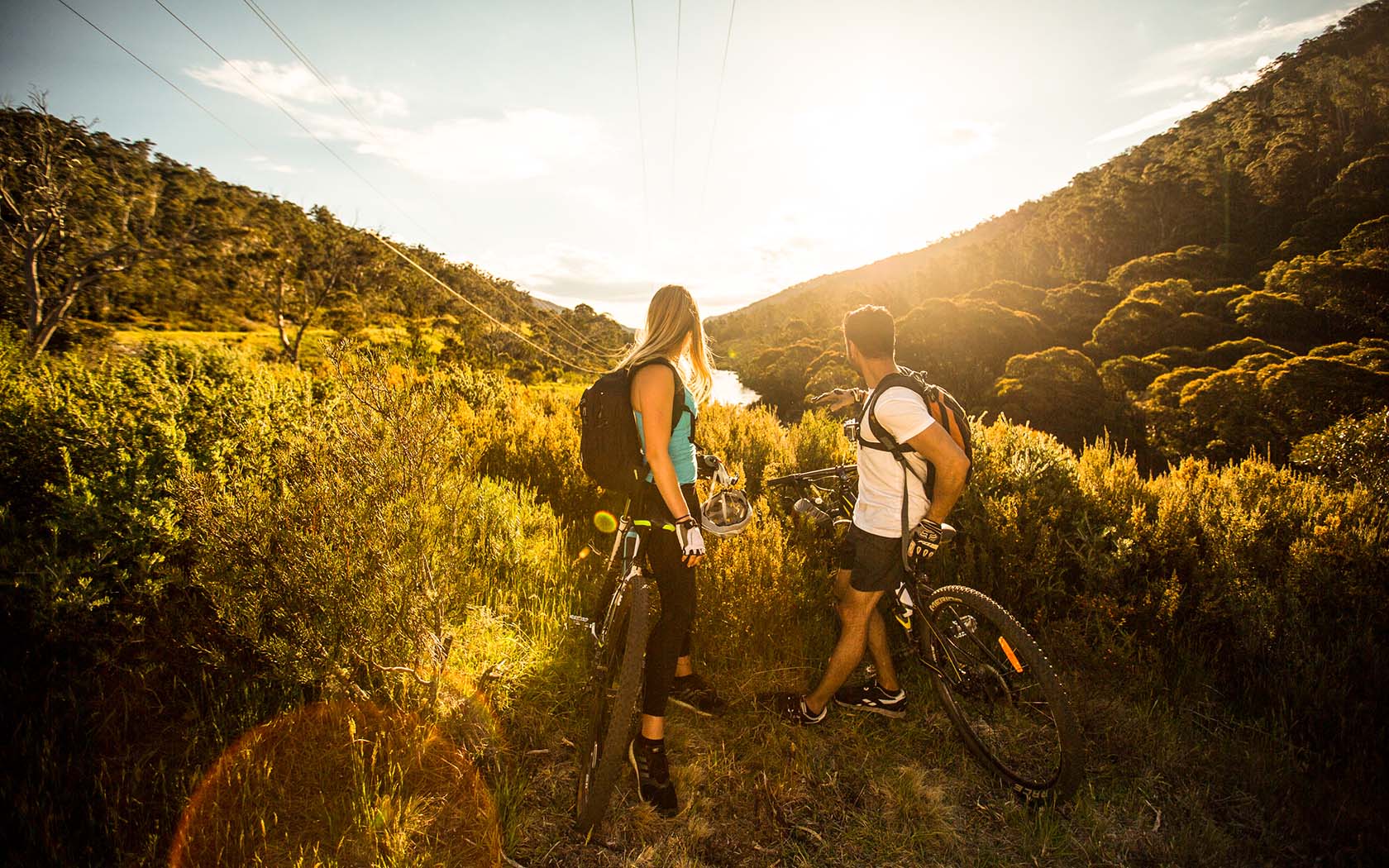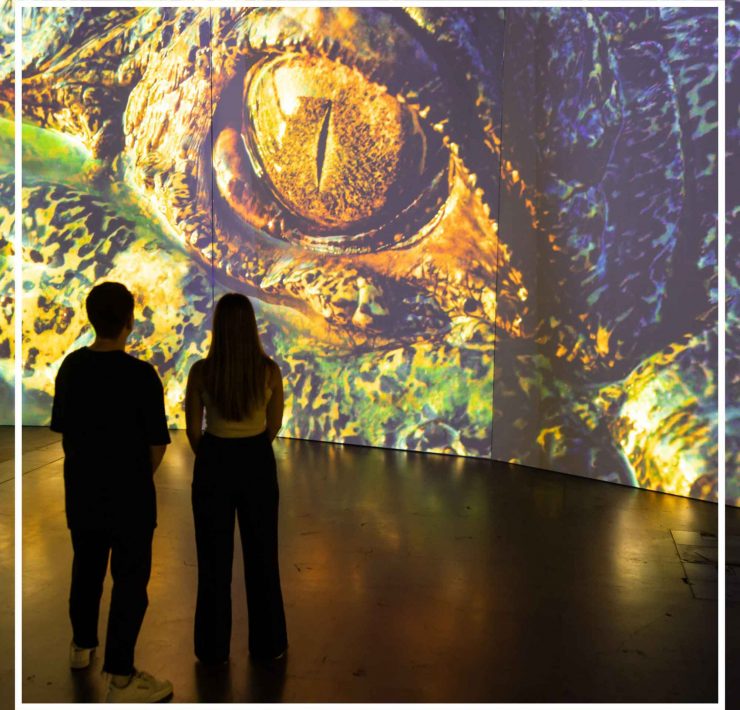Not Just For Skiing: Summer Adventures In The Snowy Mountains

Martina is a travel writer who has been published on…
There’s no doubt that the Snowy Mountains in southeast New South Wales is best known for, well, snow. Home to the country’s largest ski resorts, hundreds of thousands of people trek to the mountains every winter to hit the powder.
But what about the other end of the year? There’s much more to the Snowies than just the white stuff, and summer is the perfect time to explore.
This region is all about the landscapes, with panoramic views you simply can’t get elsewhere. There’s a plethora of ways to experience it, ranging from the leisurely to the adrenaline-fueled. Add a smattering of colonial and Indigenous history, and you’re good to go.
Caves, Culture And Thermal Pools At Yarrangobilly
Hidden among bushland high in the Snowy Mountains is a limestone cave system formed 440 million years ago. There are several caves in the system, with self-guided and guided tour options, some with wheelchair accessibility, and dark caves reserved only for true spelunkers.
Inside the caves, footsteps echo and the scent of damp rock lingers in the air. Elegant flowstones seem to cascade like water, while rock curtains so thin light shines through drip from the roof. Cave corral clusters in pockets of stone, glittering with quartz crystals, while stalagmites and stalactites reach toward each other.
It’s also an area to explore some culture. Departing from Yarrangobilly, the Wolgalu Aboriginal people offer tours exploring the Indigenous history of the area. A two-cave pass costs $30, while Wolgalu Aboriginal Culture Tours cost $22 and are available on select days in December and January.
There’s also the Yarrangobilly Thermal Pool, a large pool fed by a natural spring that keeps the water at a balmy 27 degrees all year round. It’s a delightful soak in a rustic setting, surrounded by birdcalls and wildlife.
Natural Highs On Kosciuszko
Look, as far as mountains go, maybe Mount Kosciuszko isn’t that impressive. Measuring up at 2228m above sea level, it’s the smallest of the tallest peaks on each continent. But nevertheless it’s our highest peak, and it’s a simply spectacular day of walking through totally unique ecosystems.
The 13km walking track is cruisy, mostly on walkways that prevent erosion of the delicate topsoil. It starts from the top of the chairlift (which runs in summer for hikers), or you can skip the lift and add an extra 2km of steep, difficult climbing to your journey.
The air here is crisp, even at the height of summer, as the track takes you above the tree line where winter snows prevent even the hardiest of gumtrees from taking root. Summertime sees meadows of yellow-brown grass dotted with purple and white flowers, the and occasional patch of snow clinging to a shadowy hollow. Granite outcrops dot the landscape, and you’ll pass tiny glacial lakes like Lake Cootapatamba.
The reward? Stunning views across the high country, and bragging rights to say you climbed the highest mountain on the continent.
The main trail starts and ends at Thredbo village, where a summer Kosciuszko lift pass will set you back $37, with an alternative route from Charlotte’s Pass.
A Different Way To Get Down The Mountain
Who said skiing is the only way to get down a hill fast? In summer, the Thredbo bobsled is the best way to do it. Is it kitch? Sure. Is it fun? Yes!
There’s nothing quite like racing down a smooth metal track, hitting the corners hard and racing past the view, the scent of wildflowers in the air. It’s a great option if you’re passing through Thredbo.
Rides start at $8.
Walks, Trails And Rides
Beyond mountain climbing, there’s so many ways to experience the alpine landscape. The whole region is a bushwalker’s paradise, with clearly marked trails both long and short.
Easy tracks like the Kiandra loop and the Four Mile Hut track come with plenty of colonial and gold rush history. Longer walks take you through unique landscapes not found anywhere else in the world, combining native bushland with alpine grasses.
Walking not interesting enough? Try a mountain bike instead. The region is home to some great downhill mountain biking tracks for which a range of passes are available, and you can even use the chairlift to get yourself and your bike to the top of the hill.
Or head out and explore by horseback. A number of companies offer guided horseback trips for all abilities throughout the Snowy Mountains, following the tracks of centuries-old stockmen and the fabled Man From Snowy River.
Chasing wild brumbies and wallabies through the fresh mountain air – what’s not to love?
How To Get There
- Fly into Canberra Airport
- Drive 212km (2 hours, 30 minutes) via the Monaro Hwy and Kosciuszko Road
- Snowy Mountains, Kosciuszko National Park, NSW
(Lead image: )
Martina is a travel writer who has been published on Add To Life and The Huffington Post. Follow her travels here.









